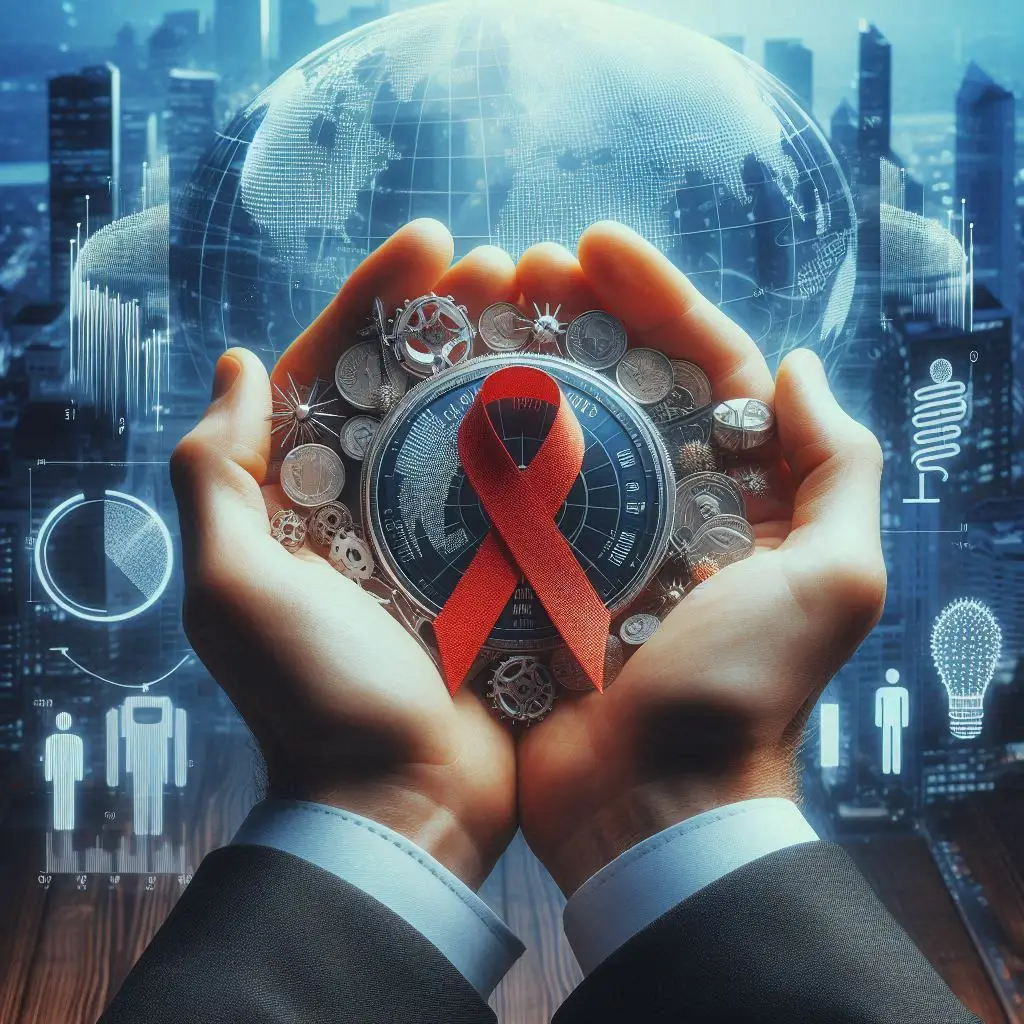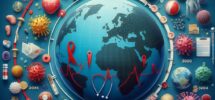Where Did AIDS Come From – And Where Are We Now?
Picture a mountain once thought impossible to climb. That mountain was AIDS. In the early 1980s, when the world first began asking where did AIDS come from, it seemed like a death sentence wrapped in mystery. People are living longer, treatments are stronger, and awareness has spread far and wide. =
So, where do we stand today? Let’s take a closer look at the numbers, and what they mean for the global fight against HIV/AIDS.

Global Numbers in 2025: The Big Picture
That’s an enormous figure—but it also reflects how treatment has helped people live longer. Around 30 million individuals are on life-saving antiretroviral therapy (ART), a major achievement by global health organizations and governments.
New infections have dropped significantly compared to the peak years of the 1990s. Most of these new cases are concentrated in developing countries, especially in sub-Saharan Africa, where healthcare access remains limited.
Despite treatment advances, over 600,000 people still died from AIDS-related complications in the past year. These numbers show that while science has given us powerful tools, we are far from declaring victory.

Regional Challenges: The Unequal Burden
AIDS doesn’t affect all parts of the world equally. Countries with strong healthcare systems have seen vast improvements in testing, treatment, and prevention. But for much of the developing world, especially in rural and underserved communities, the story is different.
In areas where access to medication is poor or education about HIV is lacking, the virus continues to spread. Young women, especially those between 15 and 24, remain among the most at-risk groups. In fact, in some countries, four young women are infected every hour.
Stigma also plays a big role. In conservative societies, people are often afraid to get tested or admit they need help. This silence allows the virus to spread unnoticed.
Why “Where Did AIDS Come From?” Still Matters
You might wonder—why do we keep asking where did AIDS come from when we’re talking about today’s statistics?
The answer is simple: knowing where a problem started helps us understand how to stop it.
Scientists believe that in the early 1900s, someone hunting or handling bushmeat in Central Africa got infected, and the virus quietly began spreading among humans.
This history reminds us that viruses don’t just appear—they evolve, they adapt, and they find their way through vulnerable cracks in society. The more we understand their path, the better we can build barriers to stop them.
What Lies Ahead: Hope and Uncertainty
While the numbers may seem heavy, there is real hope on the horizon. New drugs with fewer side effects, longer-lasting injections, and simplified daily pills are making treatment easier than ever. Scientists are also working on HIV vaccines and gene-based cures, though they’re still years away from becoming widely available.
However, funding remains a major concern. In recent years, international aid for HIV prevention has decreased. If this trend continues, millions of lives could be at risk again. The fight against AIDS needs more than medicine—it needs commitment.
A Crossroads in the AIDS Journey
AIDS in 2025 is no longer the terrifying mystery it once was. But it is still a challenge—a global puzzle that requires ongoing effort, compassion, and science. When we ask where did AIDS come from, we are also asking: how do we prevent something like this from happening again?
We’ve climbed far, but the summit is still ahead. With renewed focus and global unity, we can ensure that future generations look back at AIDS not as a crisis, but as a turning point in human health and resilience.


